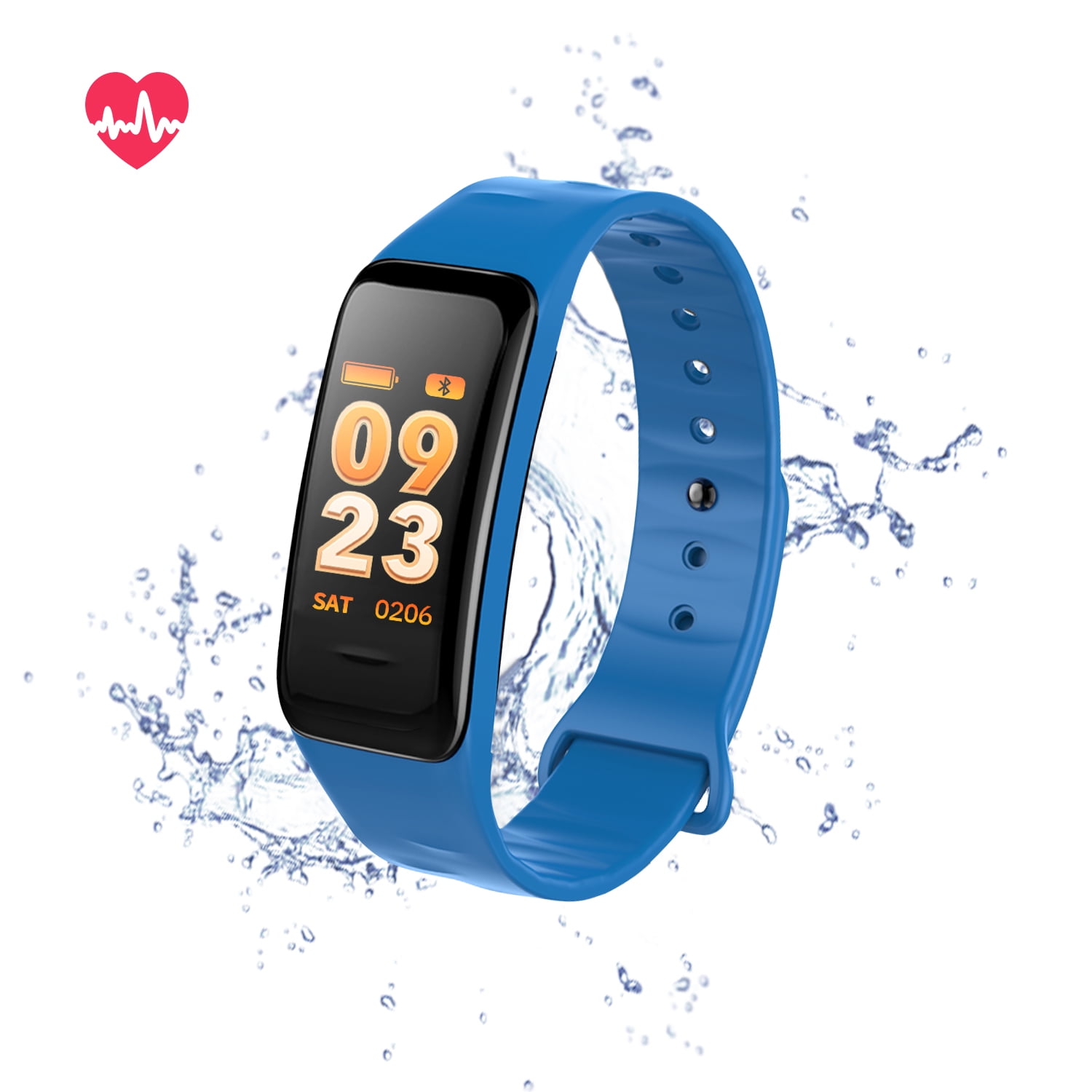

The more disrupted your sleep, the less accurate actigraphy will be at tracking it. Problems arise when your sleep is disrupted-for instance, if you have a sleep disorder or you just have disrupted sleep on a regular basis. Study results have varied, but for the most part the consensus is that actigraphy is generally accurate enough to track sleep in healthy adults with "normal" sleep patterns. Most research into actigraphy has used a purpose-built actigraph device, rather than a Fitbit or Jawbone UP (although a Fitbit was included in this study) and has been focused on measuring the accuracy against a PSG test. This can be inconvenient, but is more accurate.Ĭool fact: PSG tracking is really inconvenient in space, so actigraphy is sometimes used to easily track the sleep of astronauts! Here's a picture of an actigraph device used in a NASA-funded, Harvard University study of scientists living on Martian time, with a fake watch face painted on it: This means that sleep researchers have agreed that PSG is the definitive way to measure sleep, and most studies on the accuracy of actigraphy compare it to PSG data.Ī PSG test involves sleeping in a lab where your brain waves can be monitored by an EEG test, where electrodes on your scalp measure your brain waves. This is known as the "gold standard" for measuring sleep. Generally, sleep researchers use polysomnography, or PSG, to study sleep in a lab. Thus, actigraphy might be used for sleep studies where convenience is important. An actigraph device can be worn at home, and isn't usually too uncomfortable-most of them look like a watch:Īn actigraph can also be worn 24/7 and track sleepiness during the day, based on movement.
#Fit sleep monitor software
Software then translates those movements into periods of sleep and wake.įor people with sleep disorders or general sleep disruptions, actigraphy is a convenient way to have their sleep patterns studied by a clinic without having to sleep in the lab. What is actigraphy?Īctigraphy is often done in sleep studies using an "actigraph" device-similar to a Fitbit or Jawbone UP, it's usually a device worn on the wrist that tracks movement while you're sleeping. This method of using a device to track movements in order to measure sleep is called actigraphy. If you've ever edited your sleep times the next morning, you'll have seen a glimpse into how this works-data about your movement during "awake" time gets re-analysed when you tell the software you were actually asleep then, and you then see it charted as sleep data.

When you sync your device the next morning, the software translates those movements into sleep data. When you set your Fitbit or Jawbone UP device to "sleep mode," it monitors your movements. This is how they track your activity during the day, and how they tell when you're asleep.

Both devices use accelerometers to track your movements, including the speed and direction of your motion. I dived into some research to work out what's going on when you set your Jawbone UP or Fitbit to sleep mode. We use that sleep data to look for trends and insights in your behaviour, by adding to it data from your Twitter, Facebook, Swarm, and Instagram accounts, productivity data from RescueTime, GitHub, Gmail, your calender, and Todoist, the music you listen to from last.fm, plus your weight, weather, exercise, nutrition, and location data. We currently sync sleep data from Fitbit, Jawbone UP, Misfit, Nokia Health, Apple Health, and Google Fit. Sleep tracking is a big part of what we do at Exist. How does your fitness tracker know when you're asleep?


 0 kommentar(er)
0 kommentar(er)
